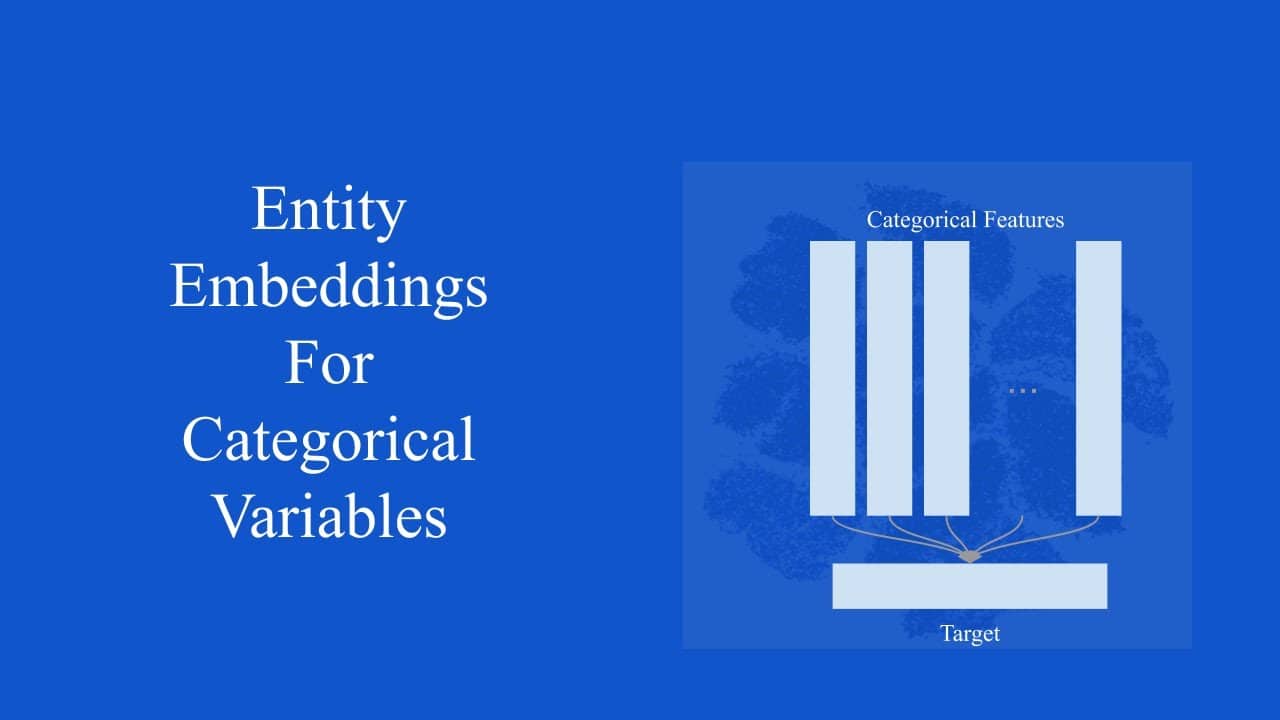Entity embedding is the process of representing categorical variables as low-dimensional, real-valued vectors known as “embeddings”. This technique is increasingly popular for a variety of tasks in fields such as natural language processing (NLP) and recommendation systems.
The embedding technique, first proposed by Bengio et al. (2003), can be used to learn a representation for categorical variables. The main advantages of using this approach are that it can capture the semantics of the categorical variables and can reduce the number of parameters needed to represent the variables. In practice, this approach is used to reduce the amount of memory needed to store the model, in addition to providing a better representation of the data.
In NLP, entity embeddings are used to represent words in documents, allowing the model to better capture contextual information. For example, an embedding for “car” might be different if it’s in the context of a sentence about driving versus a sentence about a car dealership. This is useful for tasks such as language understanding or machine translation.
In recommendation systems, entity embeddings are used to represent items, such as movies or books. The embeddings capture the similarities between items, allowing the model to better match similar items to users.
Overall, entity embeddings are a powerful technique that can help models better capture semantics and reduce the amount of memory needed. This approach is used in a variety of tasks, from NLP to recommendation systems, making it a useful tool for a wide range of applications.






